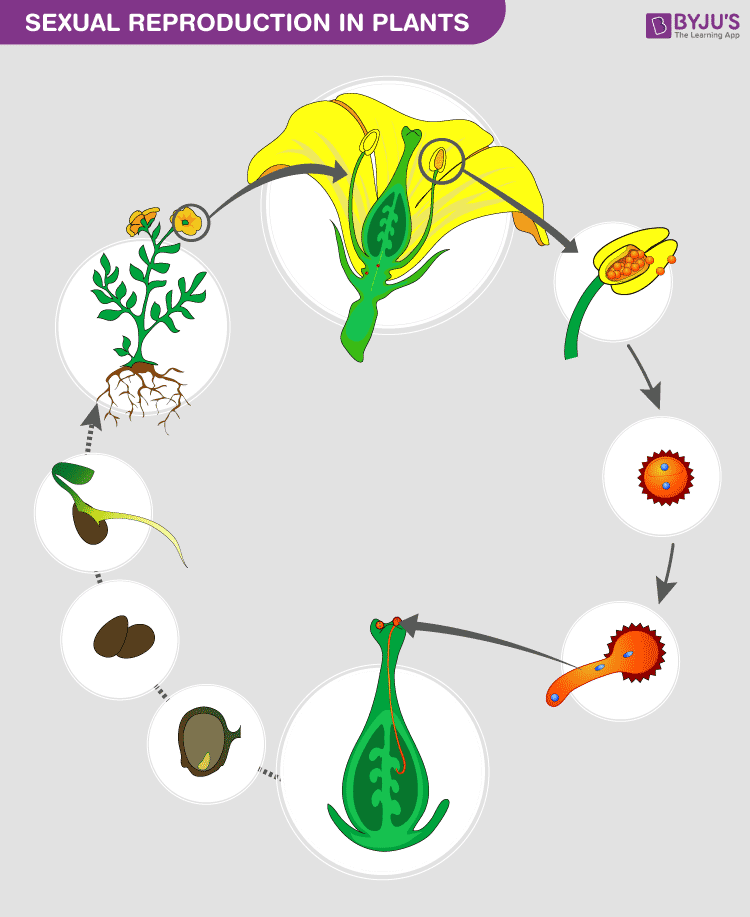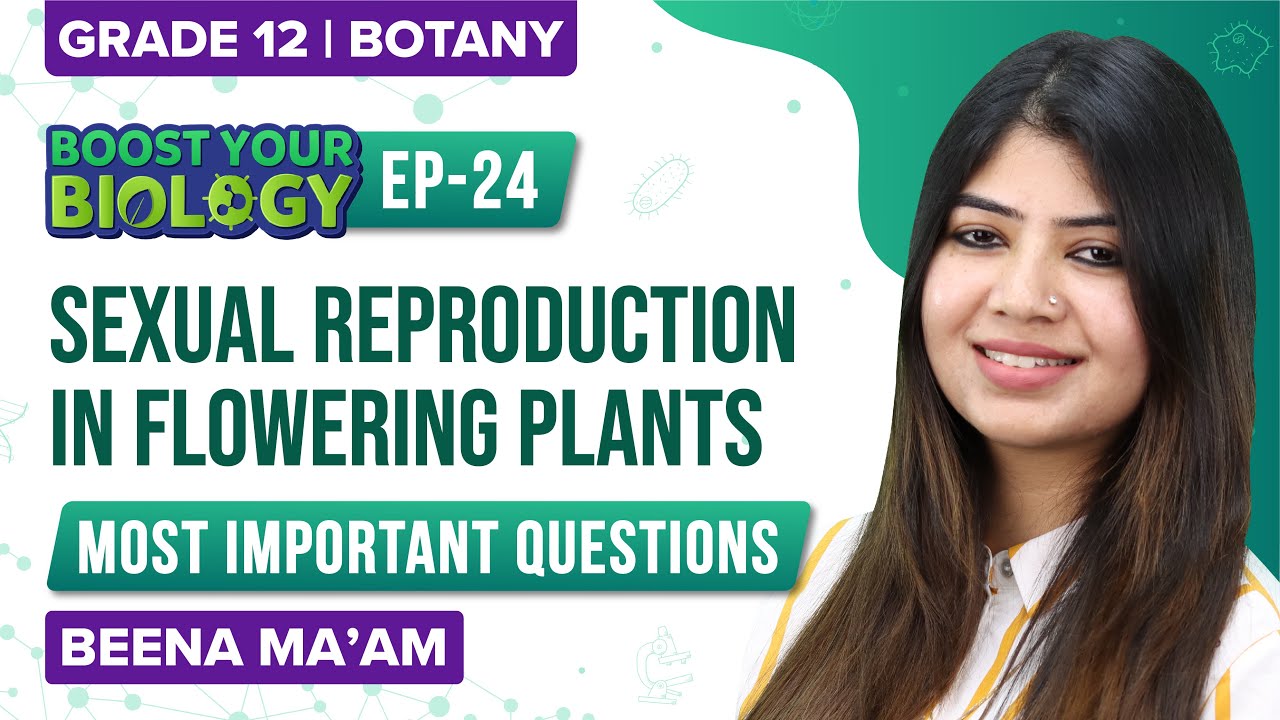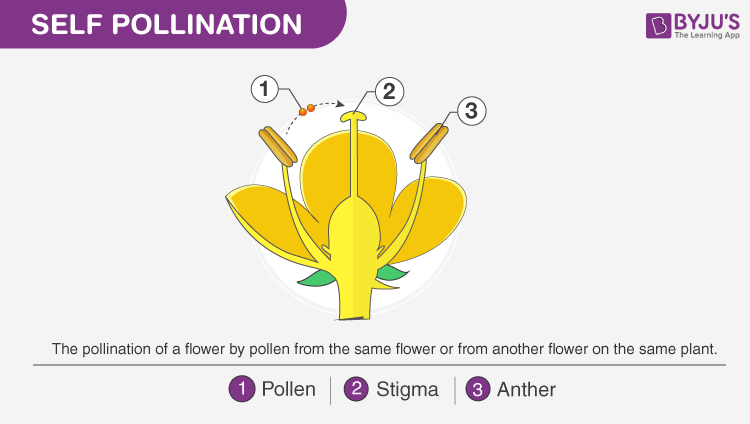
In sexual reproduction, two parents are involved in producing a new individual. Offspring is produced by the fusion of gametes (sex cells) from each parent. Animals like dog, cats, lions, giraffe, humans, etc. all reproduce sexually.

Process of Sexual Reproduction
This fundamental process of reproduction is DNA replication. In other words, if an organism wants to continue its species, then they need to transfer their traits to the next generation by DNA (genetic information) copying which occurs during the process of reproduction.
We know asexually reproducing organisms copy their DNA and divide themselves into new cells which are their clones. Since the process of replication is not completely reliable, there are chances of variation, but they are quite limited. Organisms need to adapt themselves to the changing environment; the creation of variants needs to be hastened for this reason. This will only happen when there is a union of two different DNAs. This highlights the significance of sexual reproduction in organisms.
If two reproducing cells simply join, the chromosome number in the new organism will be doubled. But this cannot happen because the number of chromosomes in each cell of every organism is fixed – the same holds good for the reproducing cell. Thus, the reproducing cells from both parents reduce their chromosome number into the half before fusion and are called gametes (germ cells). In simple organisms, the size and shape of gametes are almost the same. But in higher organisms, a male gamete is small and mobile while female gamete is large, immobile and they store food for the fetus. The gametes are produced in a specialized system called the reproductive system.
Features of Sexual Reproduction
- Two parents are involved (both male and a female).
- Gamete formation and fertilization take place.
- The whole process is slow and lengthy.
- Variation occurs; offspring are different from parents, genetically and physically.
Sexual Reproduction in Plants
Reproduction in plants takes place sexually and asexually as well. But the majority of the flowering plants reproduce sexually. The flower is the reproductive part of a plant i.e., both male and female gametes are produced by flowers. Sexual reproduction in plants takes place in flowers. The complete flower typically consists of four parts:
- Petals
- Sepals
- Stamen (male reproductive part)
- Pistil/Carpel (female reproductive part)
Stamen (male reproductive part) consists of anther and filament.
- The anther is a sac-like structure that produces and stores pollen.
- The filament supports the anther.
The pistil (female reproductive part) comprises three parts- stigma, style, and ovary.
- Stigma is the topmost part of a flower.
- The style is the long tube which connects the stigma to the ovary.
- The ovary contains a lot of ovules. It is the part of the plant where the seed formation takes place.
A flower may consist of either stamen or pistil or both. Based on this, a flower can be either unisexual or bisexual. A bisexual flower is composed of all the four parts mentioned above, e.g. Rose, China rose. Whereas, plants like papaya and cucumber produce only unisexual flowers.
Pollination and Fertilization
In order to form a zygote, male gametes in pollen grains have to fuse with the egg in the ovule. This is achieved by a process called pollination. Pollination is the process of transferring pollen grains from the anther – male part of a flower, to the stigma – female part of a flower. Depending on the pollen landing, pollination can be classified into two types-
- Self-Pollination: A pollination where the pollen transfer takes place between the anther and stigma of the same flower.
- Cross-Pollination: A pollination where the pollen transfer takes place between the anther and the stigma of different flowers of the same plant or different plants of the same species.
Also Read: Different Types of Pollination


Generally, pollination takes place with the help of certain agents so-called pollinators. They include insects, water, birds, wind, etc.
Once pollen gets transferred to the stigma the male gametes from pollen grains release and fuse with the egg in the ovule to form a zygote. This process of fusion of gametes is called fertilization. The zygote thus formed, divides and develops into an embryo, and later into a seed. The ovary develops into a fruit.
Also Explore: Fertilization And Implantation
For more information on Reproduction in plants download BYJU’S-The Learning App.
Learn more in detail about Reproduction in plants and in other animals or any other related topics at BYJU’S Biology

This information was awesome
This is an excellent piece of work and it is presented in a way that young children can understand and appreciate the concepts.
The way it was documented is just remarkable! Thank you for the valid information.
Thank You so much for this valuable information. This helped me in my project and I got good appreciations from my teacher
I can study at Sunday also with help of this